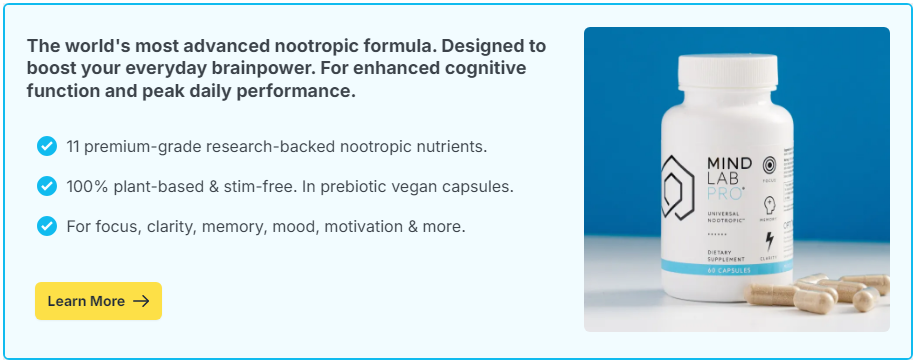
Conversations with pets may seem one-sided, but they are far from meaningless. Whether you are explaining your day to your dog or asking your cat why they knocked over your coffee, these interactions engage more areas of the brain than you might realize. Talking to pets can strengthen cognitive flexibility – the ability to adapt thinking, shift perspectives, and handle new challenges. This playful practice blends emotional comfort with mental exercise, making it a surprisingly powerful tool for brain health.
Contents
Understanding Cognitive Flexibility
Cognitive flexibility is the mental skill that allows you to adjust your thinking when situations change. It is what helps you switch between tasks, consider multiple solutions to a problem, and understand different points of view. People with strong cognitive flexibility tend to be better at problem-solving, learning new skills, and managing unexpected challenges without feeling stuck.
This skill relies on a well-connected network in the brain, particularly in the prefrontal cortex. Like a muscle, it can be strengthened through use – and talking to pets provides a low-pressure, enjoyable way to keep it active. By practicing different styles of expression, tone, and even imaginary scenarios, you are effectively giving your brain a workout in perspective-shifting.
Why Pet Conversations Work
At first glance, chatting with a dog or cat might seem like simple companionship. But neurologically, it does more. When you speak to a pet, you often adjust your tone, vocabulary, and body language to match their perceived understanding. You may simplify phrases, exaggerate expressions, or even role-play conversations from their imagined perspective. These shifts require your brain to adapt in real-time, which stimulates the same flexibility used in human social interactions.
For example, a person might explain a household rule to their dog in a calm, clear voice, then moments later switch to a playful, exaggerated tone to encourage excitement before a walk. Each shift challenges the brain to switch emotional and communicative gears – an excellent exercise in adaptability.
The Social Brain Effect
Human brains evolved to thrive in social environments. Even though pets do not speak human languages, they respond to tone, rhythm, and body cues. This feedback loop – wagging tails, purrs, attentive eye contact – activates brain circuits linked to empathy, bonding, and social reasoning. Engaging these systems regularly helps keep them sharp.
For people who live alone or work remotely, pets can act as daily conversation partners, reducing social isolation. This is important because cognitive flexibility often declines without regular social interaction. Talking to a pet helps maintain the habit of engaging with another living being, even if they are covered in fur and uninterested in your grocery list.
Pets, Play, and Problem-Solving
Playing with pets often sparks creative problem-solving. When you invent games, create training challenges, or narrate a pretend “mission” for your animal, you are blending imagination with strategic thinking. This encourages the brain to form new connections, a process essential for flexibility and learning.
Consider a dog owner trying to teach a new trick. They may start with one approach, realize it is not working, and then adjust their tone, reward, or timing until the dog understands. That process – testing, adapting, and re-framing – is cognitive flexibility in action.
The Role of Brain Health and Supplements
Your ability to think flexibly is influenced by the overall health of your brain. A well-nourished brain with strong neural connections is more responsive and adaptable. Factors such as adequate sleep, balanced nutrition, and regular mental stimulation all play roles in maintaining this agility. Some individuals choose to support brain function with nootropics or brain supplements. While these will not turn you into an animal whisperer, they may improve focus, working memory, and neural efficiency, making it easier to adapt your thinking during those pet conversations – or any other situation that calls for quick mental shifts.
Tips for Making Pet Conversations More Stimulating
If you want to use pet talk as a mental workout, try incorporating these techniques:
- Vary your vocabulary: Use new words or phrases, even if your pet does not understand them.
- Role-play scenarios: Pretend you are interviewing your cat for a job or narrating your dog’s thoughts.
- Change emotional tone: Shift from calm explanations to enthusiastic encouragement to practice adaptability.
- Ask and answer: Pose questions to your pet and then create imaginative responses for them.
- Incorporate movement: Pair conversation with interactive games to engage both body and mind.
A Playful Path to Mental Agility
Talking to pets is more than lighthearted chatter – it is a form of mental cross-training. By shifting tones, inventing scenarios, and responding to your pet’s cues, you engage brain regions that support adaptability and resilience. This makes pet conversations a simple, enjoyable way to keep your mind sharp. The next time you find yourself explaining your weekend plans to your dog or asking your cat about their latest mischief, remember that you are doing more than bonding – you are building a more flexible and capable mind.

